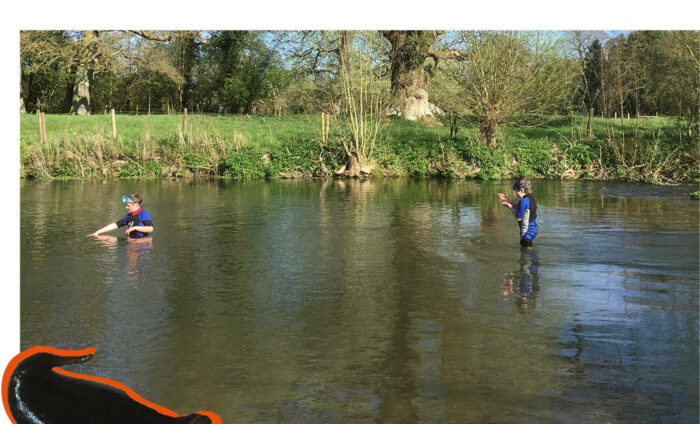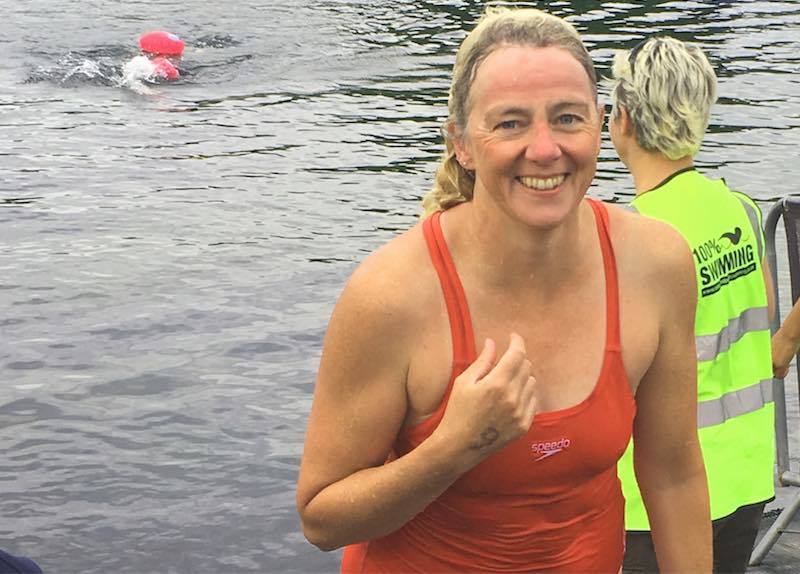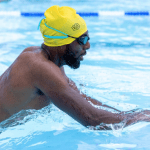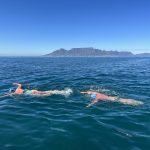
Letters – June 2017
Star letter
I read last issue’s leech letter with interest – as I am an outdoor swimmer and because my day job involves looking after the ecology of rivers, lakes and bathing waters in wonderful Dorset and Wiltshire! Attached is a picture of my swimming spot – my two boys on their first swim of the year in the River Avon over the Easter holidays. They can’t wait to get in each year. I, however, am a skins swimmer and can’t last as long as them early in the season!
So, I asked one of our macro-invertebrate specialists to have a look at the picture of the leech. Obviously it’s difficult to be totally accurate without having the wee beastie under a microscope, but we think it’s a duck leech (Theromyzon tessulatum). It’s pretty unusual for them to invade human nostrils, but they habitually do so in ducks, for which they are adapted. They would normally lay eggs in a duck’s nose and their young would live there for a period of time. In this case, we expect the beastie was a tad confused and probably wouldn’t receive the correct environmental cues to lay eggs (plus you’d blow them out anyway even if it did). So this swimmer was pretty unlucky and would almost certainly not have come to any harm – it’s just a bit freaky!
Alex Hayden
Alex wins a Charlie McLeod Sports Cloak
Loving the new look!
Really liking the new look magazine and the second edition does not disappoint. I particularly like the ‘Advice for women’ – hilarious and I am hoping we will see more from Jenny Landreth. I think the wonderful photo of The (Beautiful) Battery Belles proves how things have changed. What I really like is there is more features for the amateur swimmer – the training information for three different distances is great. Book reviews are always good too, my birthday list is looking quite good now. No doubt you had lots of responses but I think the ‘moving bogie’ is a medicinal leech, Hirudo medicinalis – went up the swimmers nose very small and came out much fatter after a wee ‘bloody’ snack! Lovely!
Kristina Peat
Corrections & clarifications

Michelle exiting the water after the 24th mile
I would like to make some clarifications regarding quotations attributed to me in the article ‘How to Swim 24 Miles in 24 Hours’ in the May 2017 edition of Outdoor Swimmer Magazine. Anybody that knows me and swims with me will know that there are plenty of times when I have stopped before the end of a swim and I don’t want to appear to be claiming otherwise! The failure of my 12 hour swim was not down to not eating regularly as suggested.
I must stress that I cannot fault this event in any way as I felt that it was one of the best things that I did last year and I appreciate the time and effort that Suzy Hegg spent in writing the article.
Michelle Hardy
Jellyfish advice
In Outdoor Swimmer’s Beginner’s Guide to Outdoor Swimming, part 2, in the long distance swimming feature ‘Endless Horizons’ you mentioned putting cold water on jellyfish stings… ouch! That’s the worst thing you could do as it will aggravate and enhance the sting. The correct action is warm water, as hot as you can bear, which will neutralise the sting. Don’t rub it and the warm water will reduce the effect.
The wrong advice doesn’t want to put swimmers off.
Paul Massey
Ed. Good advice! When you are swimming in cold water, the cold can numb the stings – but once on dry land, hot water is the recommended treatment for most kinds of jellyfish sting.
From Facebook
This month there has been lots of discussion about water temperature and acclimatisation.
Steve Cannon It is 12 degrees at our lake. Doing 1500m wetsuit then 1500m skins to acclimatise. I can handle the cold but I never overstep the mark. Be sensible and know your limits and after swim routine. Always see too many people who are cold getting in a hot shower. Bad mistake.
Andrei Petrov Just don’t stop swimming in the winter, even if you do 10-minute dips a couple of times per week in the cold, and your distance training remains in the pool.
Simon Perks 12 degree at Pitsford Sprint. Swim reduced to 500m because of temp. Gained feeling back in the toes just around the 16k mark on the bike!
Got something to say about open water swimming? Email us at editor@outdoorswimmer.com and you could win our next star prize.







